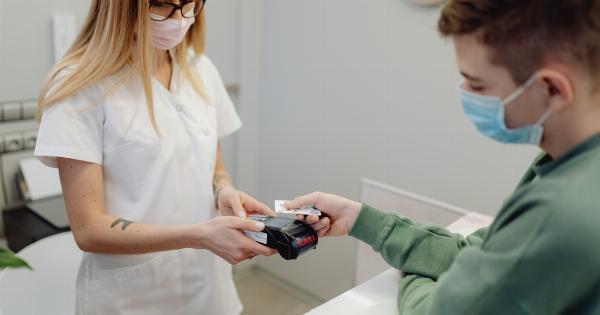Pay-per-click advertising (PPC) has long been a key component of a successful digital marketing campaign. It allows businesses to target specific audiences, monitor the success of their ads, and adjust their strategy accordingly.
However, in recent years, the cost of PPC ads has been on the rise. This increase in cost has left many businesses feeling stressed and unsure of how to proceed.
Why are PPC costs rising?
There are several reasons why the cost of PPC advertising is on the rise. One of the main culprits is increased competition. As more businesses begin to see the value of PPC, they are beginning to bid on the same keywords and audiences.
This increased competition naturally drives up the cost of ads, as businesses are forced to pay more in order to stand out from the crowd.
Another factor contributing to rising costs is the ever-evolving landscape of search engines. As algorithms change, certain keywords may become more or less valuable.
As a result, businesses may have to pay more to target the same audience as before, or shift their focus to other keywords that are more affordable.
The impact of rising PPC costs
The impact of rising PPC costs can be significant for businesses, particularly for those with smaller budgets. It can limit the reach of ads, making it more difficult to target the desired audience.
In addition, it can eat into profits, as businesses are forced to spend more money on advertising in order to maintain the same level of exposure.
For businesses that rely heavily on PPC advertising, rising costs can also lead to increased stress and uncertainty. It can be difficult to know how to adjust to the changing landscape, and how to make the most of a limited budget.
What can businesses do?
So, what can businesses do to mitigate the impact of rising PPC costs? Here are some strategies to consider:.
1. Focus on long-tail keywords
Long-tail keywords are more specific phrases that are often less competitive than broader keywords. This means that bidding on long-tail keywords can often be more affordable, while still allowing businesses to target the desired audience.
In addition, long-tail keywords tend to have higher conversion rates, as they attract more qualified leads.
2. Refine targeting
Refining targeting is another strategy that can help businesses make the most of a limited budget. By targeting more specific audiences, businesses can reduce the cost of their ads while still reaching the most valuable prospects.
This can be done through a variety of factors, including location, demographics, and interests.
3. Optimize landing pages
Optimizing landing pages is another strategy that can help businesses make the most of their PPC budget.
By ensuring that landing pages are relevant, engaging, and optimized for conversion, businesses can increase the likelihood of converting clicks into leads. This can help offset the higher cost of PPC advertising, by making each click more valuable.
4. Monitor and adjust campaigns regularly
Finally, it’s important for businesses to monitor and adjust their campaigns regularly. This includes monitoring the success of ads, adjusting bids and targeting as needed, and experimenting with different ad formats and features.
By staying on top of campaigns, businesses can stay ahead of the curve and make the most of their PPC budget.
In conclusion
Rising PPC costs can be a challenge for businesses of all sizes.
However, by focusing on long-tail keywords, refining targeting, optimizing landing pages, and monitoring and adjusting campaigns regularly, businesses can mitigate the impact of rising costs and make the most of their PPC budget. With the right strategies in place, it’s possible to succeed in the world of PPC advertising, even as costs continue to rise.































